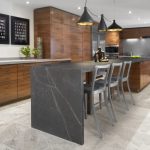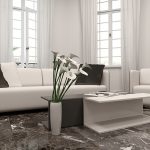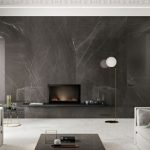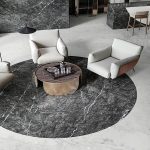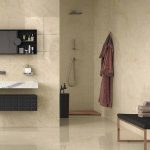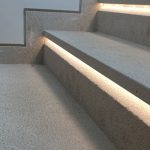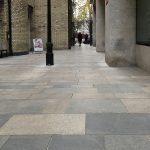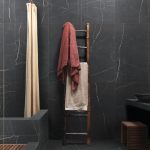Marble Veins: Veins Formation and Classification
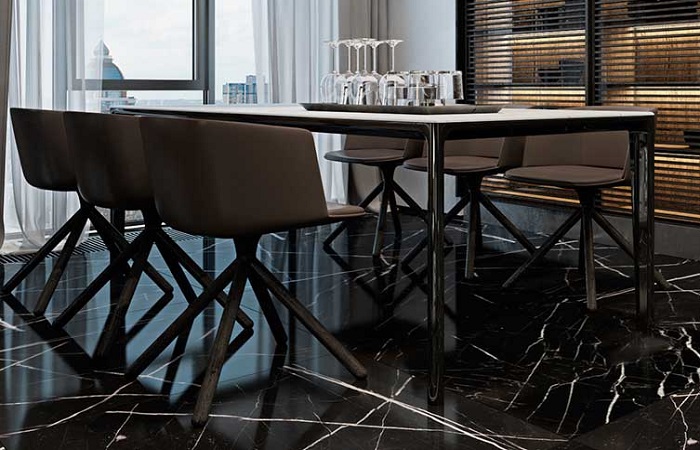
Marble Veins: Veins Formation and Classification
It is well-known that when an architect, designer, decorator or manufacturer chooses to use marble as a material, in addition to the quality specifications, he or she looks to enhance the final aesthetic result of the work. As such, many choose their material based on visual characteristics first, usually leaving the techniques for the second stage.
Marble Veins Basics
The veins and the color in the background of the marble are the determining criteria for the visual selection of the material, as they give the marble a unique and strong identity. But what exactly are the veins, how are they created and in what categories do we group them? Read below the main basic characteristics of marble with veins.
Marble Veins
The long lines or the line grid that cross the marble and make it unique are called veins. Veins are directly linked to the beauty and appearance of marble and are one of the key features that architects, manufacturers and decorators look for in the implementation of their projects.
Veins Formation
Marble is the result of the transformation of limestone from heat and pressure in the earth’s crust. It is a typical example of how natural processes can change the structure and appearance of a material. During these processes, various foreign elements such as metals, mud, clay and iron oxides, which are sometimes presented as grains and other as layers, are gradually trapped and manifest themselves in the stone, creating a color contrast with the basic color of the marble’s surface, thus forming the characteristic veins. This is the manner in which the veins are formed.
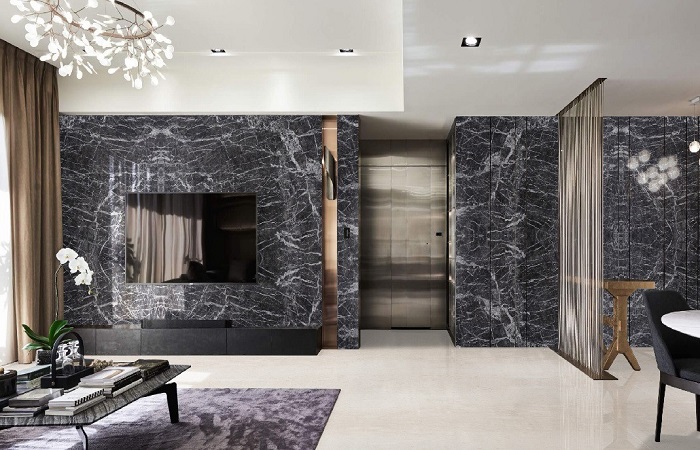
Veins Unpredictable Differences
Natural vein formation can be unpredictable and differ even in slabs derived from the same marble block. Even though veins vary in thickness and color, depending on their shape, they can be categorized into certain specific groups. The consideration of the different color, thickness and types, are the main reasons that this material is used in sculpture and in interior and exterior architectural constructions.
Marble Vein Types
The science of geology has thus far not grouped the marble veins into families; in spite of this, we could classify them into a few broad groups sharing similar characteristics.
Linear Veins
Linear veins are Continuous, unidirectional and forked lines. The color of the veins is different from the background color, creating beautiful contrasts.
Tree Veins
Tree veins includes branches where each line may have a different direction but share a common beginning. The well-known Veria Green marble is a typical example of tree veins.
Breccia Veins
Breccia veins come from large fragments of a mass where they were later incorporated into a new geological formation. Ebru Arabesque, with its thick brown/gray lines surrounding pieces of white stone, is an indicative example.
Shell Stones
Shell stones are atypical formations that can be likened to a shell and come from fossils entrapped inside the marble. Pelagonia is an indicative example, as it encases fossilized shells.
Other Classifications
A different approach categorizes the veins mainly based on their formation. This classifications are such as:
- Single
- Multiple
- Unidirectional
- Linear
- Diagonal
- Parallel
- Wavy
- Entangled
- Uniform, etc.
Marble Unique Properties
Very few rocks have as many uses as marble. Marble is used for its beauty in architecture and sculpture. It is used for its chemical properties in pharmaceuticals and agriculture. Marble is used for its optical properties in cosmetics, paint, and paper. It is used because it is an abundant, low-cost commodity in crushed stone prepared for construction projects. Marble has many unique properties that make it a valuable rock in many different industries.
Summing Up
The combinations of the veins with the color in the background of the marble play a decisive role in the final visual result of a project. Invite nature inside with the applying different marble veins. Forests, deserts and oceans are the inspirations behind these vivid veins designs that bring natural elements into your interior. Wood, flowers, sand, stone and water are transferred to your wall-to-wall carpet in lifelike or abstract imitations. Enjoy delicate detail and rustic textures when bringing the magic of nature indoor.
To learn more about us, click here.
Sources
www.stonegroup.gr/en/marble-with-veins-and-their-basic-characteristics/
https://cmpstone.com.au/what-marble-is-used-for/#:~:text=Very%20few%20rocks%20have%20as,cosmetics%2C%20paint%2C%20and%20paper.
- Back To Articles
- armani grey marble, armany grey, Diagonal, grey Armany, Linear, Marble Unique Properties, Marble Veins, Marble Veins Basics, Marble Veins: Veins Formation and Classification, Multiple, Parallel, Pietra Grey Marble, Pietra Grey Marble Tiles, Shell Stones, Single, Unidirectional, veins categorization, veins classifications, Veins Formation, Veins Unpredictable Differences
Article
Natural Stone Applications
- 22 December 2022
Iranian Stones Introduction According to Source and Quarry
- 21 December 2022
Technical Stone Introduction and Quarrying Procedures
- 21 December 2022
Categories
- blog757
- news1
- Specialized articles756

